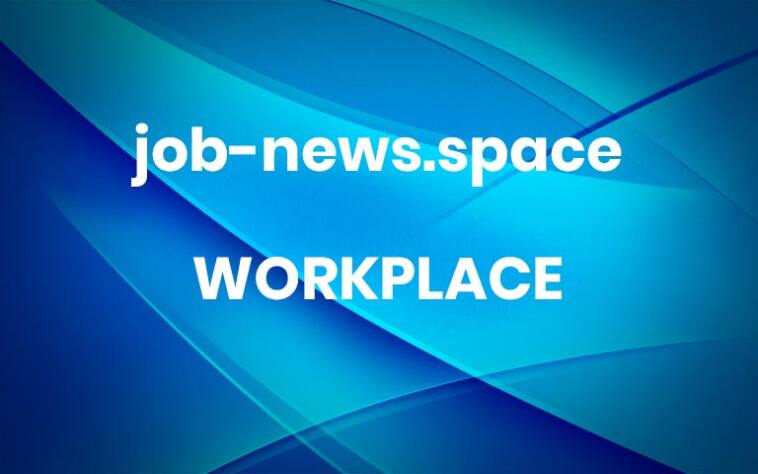The ROI of Impact-Driven HR Initiatives on the Workplace
Investing in people in business can often mirror the stock market — volatile, reactive, and rarely steady in any single pattern for too long. When talent wars rage, some companies scramble to outdo one another with benefits and perks, vying for the title of “best place to work.” Yet, as soon as the climate cools off and the talent pool swells, those same enticing benefits put forth as a recruiting and retention mechanism are frequently the first to go, leaving employees wondering where the promises went. This cycle of overcorrection can undermine trust and erode the foundation companies need to weather inevitable market fluctuations and other challenges.
Companies that break free from this cycle do so by anchoring their people strategy in something more enduring than market trends — namely, shared values. When investment in employees is consistent and rooted in a clear sense of purpose, it can act as a stabilizing force. Employees sense that their growth and well-being actually matter to leadership, not just when it’s convenient, but as a core part of the organization’s identity. Reliability such as this builds loyalty and facilitates an environment where people are willing to invest their best selves (and their best work) in return.
In fact, recent data shows organizations that have made a strategic investment in employee development report 11% greater profitability and are twice as likely to retain their employees. When companies show a consistent and long-term interest in the development of their workforce, employees feel more secure in their jobs, are encouraged to grow and innovate, and ultimately, contribute better, more creative inputs that boost business performance. By consistently investing in people through development opportunities, both inside and outside of work, companies can forge work environments where employees desire to stay.
Purpose in Practice with Value-Driven Development
When companies offer their employees the chance to pursue purpose-driven experiences, remarkable things can happen. Opportunities such as nonprofit board service, skills-based volunteering or extra-hands volunteering don’t function as mere add-ons; instead, they can become powerful laboratories for experience and growth.
Employees who step into these roles return with sharpened judgment, expanded empathy, and a renewed sense of mission. The lessons learned in these arenas — navigating ambiguity, building consensus, and driving change, for example — can translate directly into stronger leadership and more dynamic teams.
In turn, this catalyzes a ripple effect that transforms the workplace. Teams benefit from fresh perspectives and a broader understanding of the world, while individuals discover new reserves of resilience and creativity. Organizations that cultivate these experiences find themselves rewarded with higher engagement, stronger retention, and a reputation that attracts top-tier talent.
How to Embed Purpose in Your Culture
Embedding purpose into company culture begins with intentional alignment to identify opportunities that resonate with both the organizational mission and the diverse passions of employees. When people are empowered to pursue experiences that reflect their values, development can operate in two distinct ways, on the personal level and the professional.
Support offered by an employer is the scaffolding that enables this journey. When employees have access to training, mentorship, and a community of peers who share their commitment to impact, they can thrive. Structured preparation amplifies their influence in the community and builds confidence that carries over into daily work. Employees feel seen by their employers as a whole person, not just an output. For example, I once had a managing director at a prestigious investment firm tell me she didn’t think the leaders at her company knew who she was until she was invited to participate in BoardLead.
Businesses that invest in these supports witness employees returning with new skills and stories that inspire colleagues, sparking a ripple effect of engagement and innovation.
Measuring What Matters: The Long-Term ROI of Purpose
The true impact of value-driven HR initiatives cannot be captured by counting volunteer hours or tracking participation rates alone. The real story unfolds in the narratives employees bring back: how a finance leader’s board experience reshaped their approach to risk, or how a marketer’s community work sparked a breakthrough campaign.
These real-life, firsthand stories, paired with hard data on engagement and retention, reveal a deeper truth: companies that invest in purpose-driven growth build teams that are more agile, loyal, and invested in long-term success. Over time, these benefits compound. Employees who feel seen and supported become champions for the brand, driving innovation and collaboration. The organization becomes known not just for what it does, but for what it stands for.
By: Rob Acton, Founder and CEO, Cause Strategy Partners, the technology-powered board placement and governance training provider.
Share this post: More



